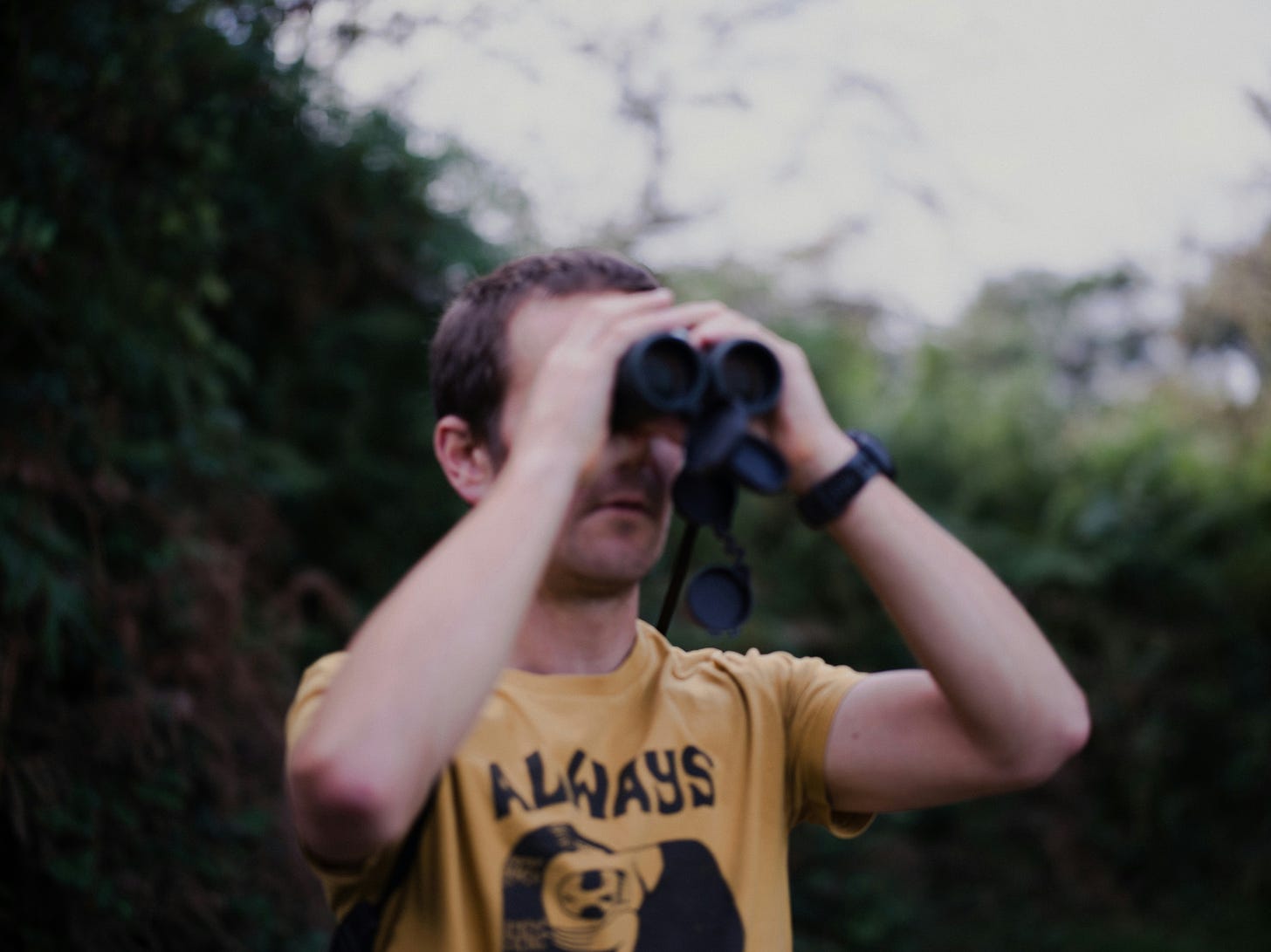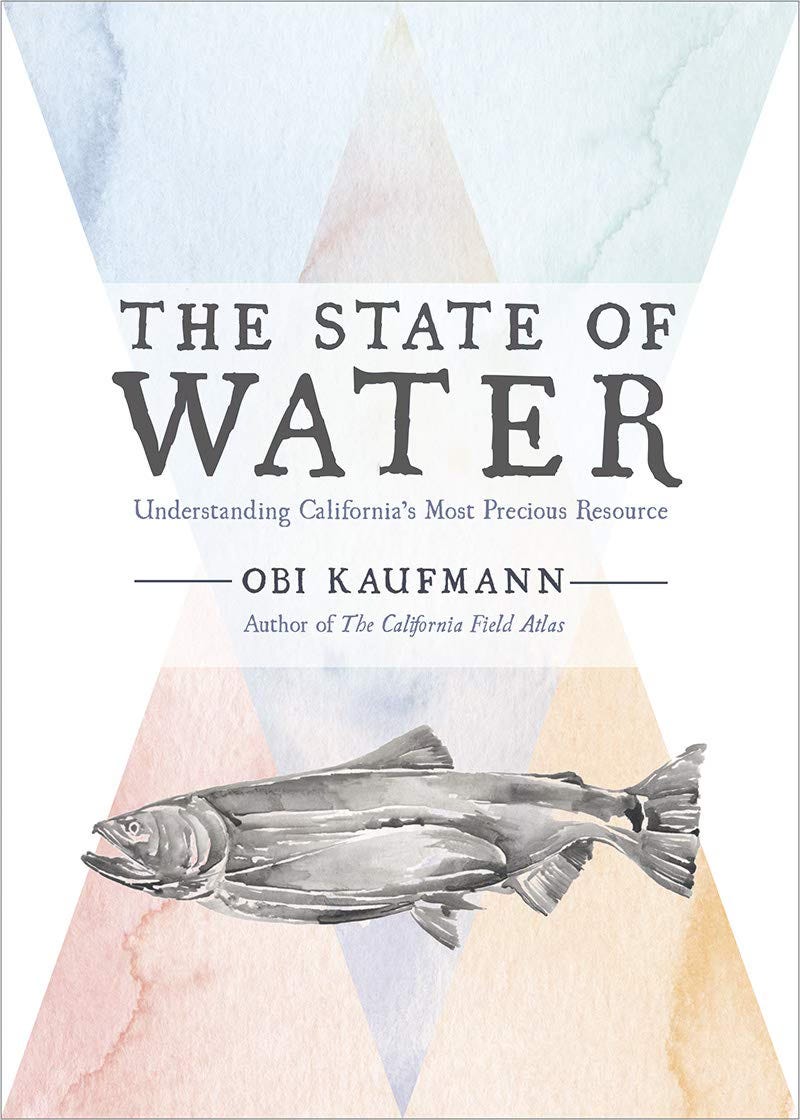A Call to Observe
"You can observe a lot just by watching." - Yogi Berra, Baseball Hall of Fame member

Going somewhere for the first time or somewhere you simply haven't been for a while is a treat for the senses. The same applies for spending time with people under these parameters.
What you usually pass by without even as much as a glance or second thought becomes a moment of discovery. People and places have news to share.
Moving back from London to the States last week surfaced many such opportunities.
Grocery store visits become explorations. Dinner time doesn't involve the TV or smartphone, but conversation and questions. 5:30am runs occur at the height of your senses to make sure you don't get lost on a trail near some farmland. A jackrabbit catches your eye and you wonder how they are so active so early.
I'm lucky to have many family and friends at what some consider opposite ends of the spectrum - science and the arts. And a few that mix the two. It's a space I enjoy as the tension resolves only in the acceptance of both perspectives. It's one of the core ideas of Ecosystem Member.
At dinner on July 4 over plates of veggie dogs and brats, I sat with my wife and three ornithologists.
My wife recently earned her PhD in visual cultures. She is lecturing in art history next semester. The three ornithologists are my mother and father-in-law, and a longtime colleague. My father-in-law is one of the most cited ornithologists in the world. My mother-in-law more than holds her own in academic circles - and has an Olympic medal to boot.
The ornithologists all know hundreds of bird calls. They know how to spot the clues of a nest. A slight change in the flight pattern of a bird can set off a series of internal inquires.
Working on her PhD thesis, my wife spent hours mapping patterns. Dissecting warp and weft threads of the master weavers of Côte d'Ivoire. The slightest change registering a potential evolution of an artistic practice.
While not at the table, my sister-in-law is an emerging artist. Her latest exploration is a deep observation of the Los Angeles River. The textures and colors, sure, but also the ecology of the river and how it engages one of the largest cities in the United States.
Most of the day before dinner I was reading a book by artist, writer and naturalist, Obi Kaufmann. Obi lives in this space between art and science. His writing connects the dots to unpack the ecosystems of California. His illustrations give you just as much insight while tickling the other side of your brain.
These people are top notch observers in their fields.
Seeking to bridge the art and the science, I brought up Obi's work at dinner. It was the proverbial spark to the fire. Observation connects the big and the small. It illuminates the part and the system. The micro and the macro. It also asks big questions. It provides interesting - and often unexpected - answers.
The conversation got me thinking.
We often focus on activity - calls to action. Sign this, share this, spend money on this. And don't get me wrong, action is crucial. Without action, we will fail in our attempts to maintain a habitable planet.
But what do we miss in our rush to action? What don't we see? Who isn't seen?
A rush by companies to make environmental claims created 'greenwashing'. A majority of people in many countries no longer trust any environmental claims. How can someone make the right choice for the living world in a haze of confusion?

Dams are another example. As Kauffman highlights in his book "The State of Water: Understanding California’s Most Precious Resource", the Klamath River dams have decimated salmon populations. The dams - all four are being removed - also infringed on the deep connection between salmon and indigenous populations like the Yurok.
So instead of asking you to take action, I'm asking you to observe. Observe your everyday like it’s a place you haven’t been in a while.
Start with a tree near your house. How does it change? When the seasons change, who comes and who goes? What benefits do you get from the tree? What benefits do you give to the tree?
Zoom out from there.
How does this tree engage with other trees? Could it be connected to another through a mycelial network? What benefits from the shade of this tree? What tree supplied the wood for the shed next door?
Only by observing the system can we understand- and act in favor of - the individual.
Three Things
Billy and Molly: An Otter Love Story (Watch for free on YouTube) - While we don’t really understand how other animals see us human animals, there is undeniably an ability to make a beautiful connection.
Houdini Sportswear Planetary Boundaries Assessment (Watch on YouTube) - One of my favorite Ecosystem Member episodes is with Eva Karlsson, CEO of Houdini Sportswear (Apple Podcasts, Spotify). Houdini is unique in that instead of producing a traditional sustainability report, it measures its business against planetary boundaries.
Daniel Coe’s Cartography (View on Orion Magazine) - Stunning images of rivers using plane-mounted lidar technology.




